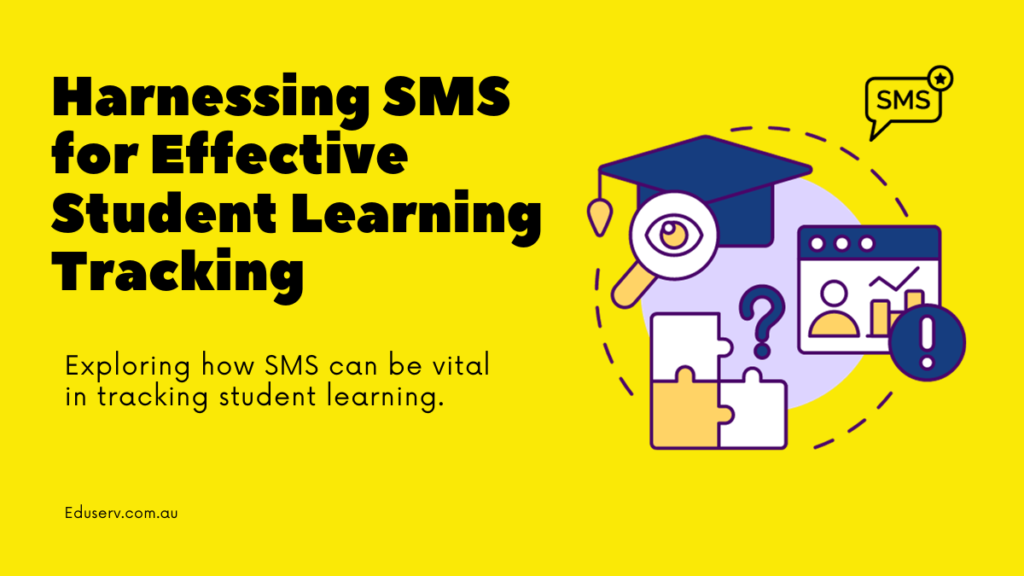In today’s fast-paced digital age, education is undergoing a significant transformation. One of the key aspects of this transformation is the use of technology to track and enhance student learning. While learning management systems and online platforms have been instrumental in this journey, one often overlooked tool is SMS or Short Message Service. In this blog, we’ll explore how SMS can be vital in tracking student learning.
Real-time Communication
One of the primary advantages of using SMS for student learning tracking is its real-time communication capabilities. In traditional education, communication between teachers, students, and parents often involves lengthy email exchanges or scheduling face-to-face meetings. On the other hand, SMS enables instantaneous communication, allowing educators to provide timely feedback and updates.
For instance, teachers can send SMS notifications to parents regarding their child’s attendance, academic performance, or upcoming events. This immediate feedback loop ensures that parents and students are informed about progress and can take action promptly if needed.
Attendance Monitoring:
Attendance is a crucial factor in a student’s success. With SMS, educational institutions can set up automated systems that send parents and students daily or weekly attendance updates. This proactive attendance monitoring approach helps identify absenteeism or tardiness patterns and allows for timely interventions. Additionally, teachers can use SMS to send attendance alerts to students who miss a class or an important lecture, ensuring that they don’t fall behind in their studies.
Assignment Reminders:
SMS can be a valuable tool for sending assignment reminders. Students often juggle various subjects and assignments, and it’s easy for them to forget due dates. With SMS, teachers can send reminders for upcoming assignments, projects, or exams. This keeps students organized and motivated to complete their work on time.
Feedback and Assessment:
Teachers can use SMS to gather feedback from students about their learning experiences. Surveys and quizzes sent via SMS provide a convenient way for students to express their thoughts and concerns. Teachers can then use this feedback to adapt their teaching methods and content to suit the student’s needs better.
Parent-Teacher Communication:
Effective parent-teacher communication is essential for student success. SMS facilitates this communication by enabling teachers to share progress reports, announcements, and updates with parents. Parents can also use SMS to ask teachers questions or concerns about their child’s education.
Mobile Learning:
The rise of mobile learning platforms and apps has further enhanced the role of SMS in tracking student learning. Educational institutions can send links to mobile learning resources, instructional videos, or supplementary materials via SMS. This promotes self-directed learning and provides students with access to additional resources.
Data Analytics:
Educational institutions can leverage SMS data to gather insights into student behavior and engagement. By analyzing how students interact with SMS messages (e.g., response rates, click-through rates), institutions can tailor their communication strategies and identify areas where students might need additional support.
In conclusion, SMS is a versatile tool that can significantly contribute to tracking and enhancing student learning. Its real-time communication capabilities, attendance monitoring, assignment reminders, feedback collection, and parent-teacher communication all play essential roles in improving the educational experience. As technology continues to shape education, SMS is a valuable addition to the academic toolbox, ensuring that students are better informed, engaged, and supported in their learning journey.

